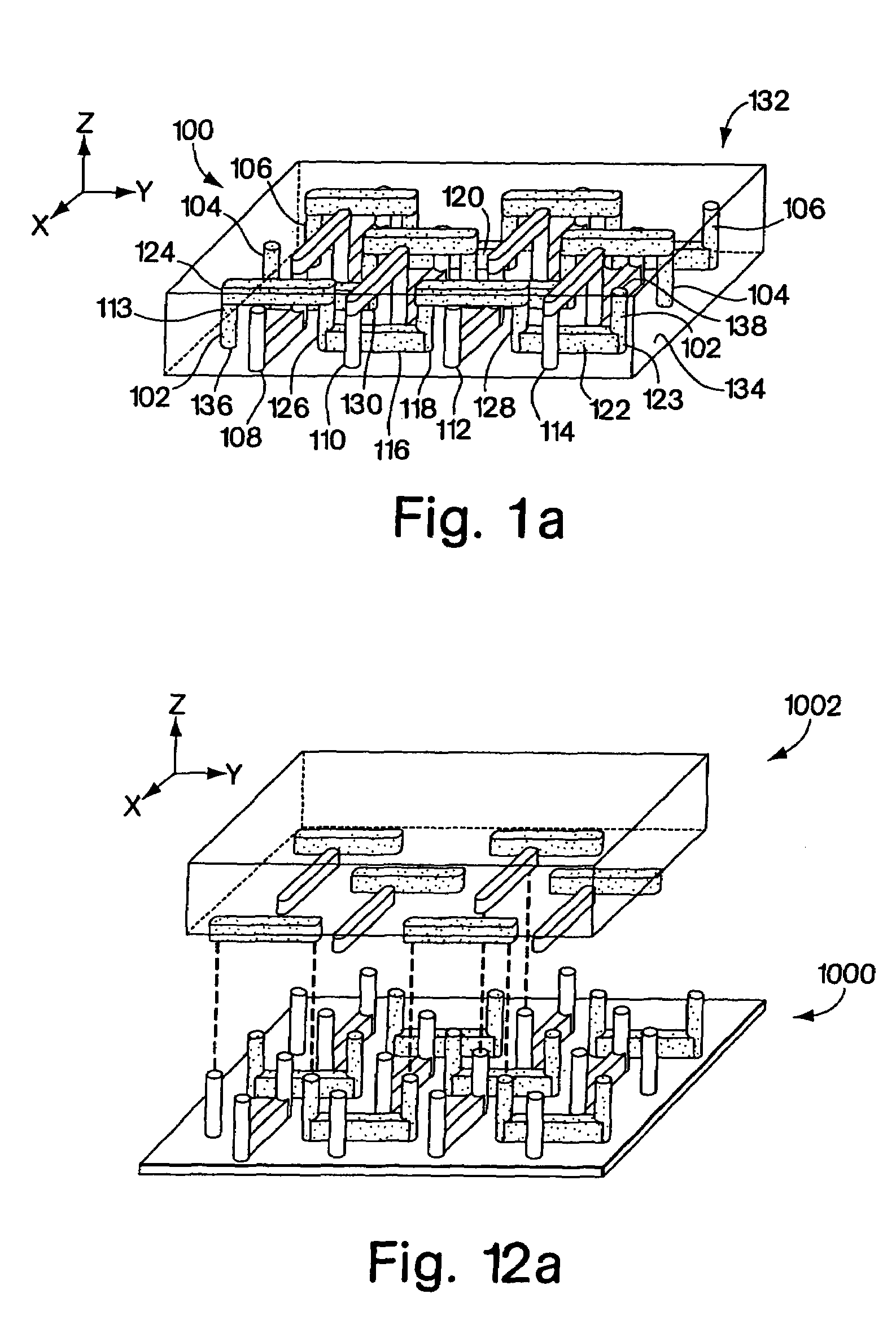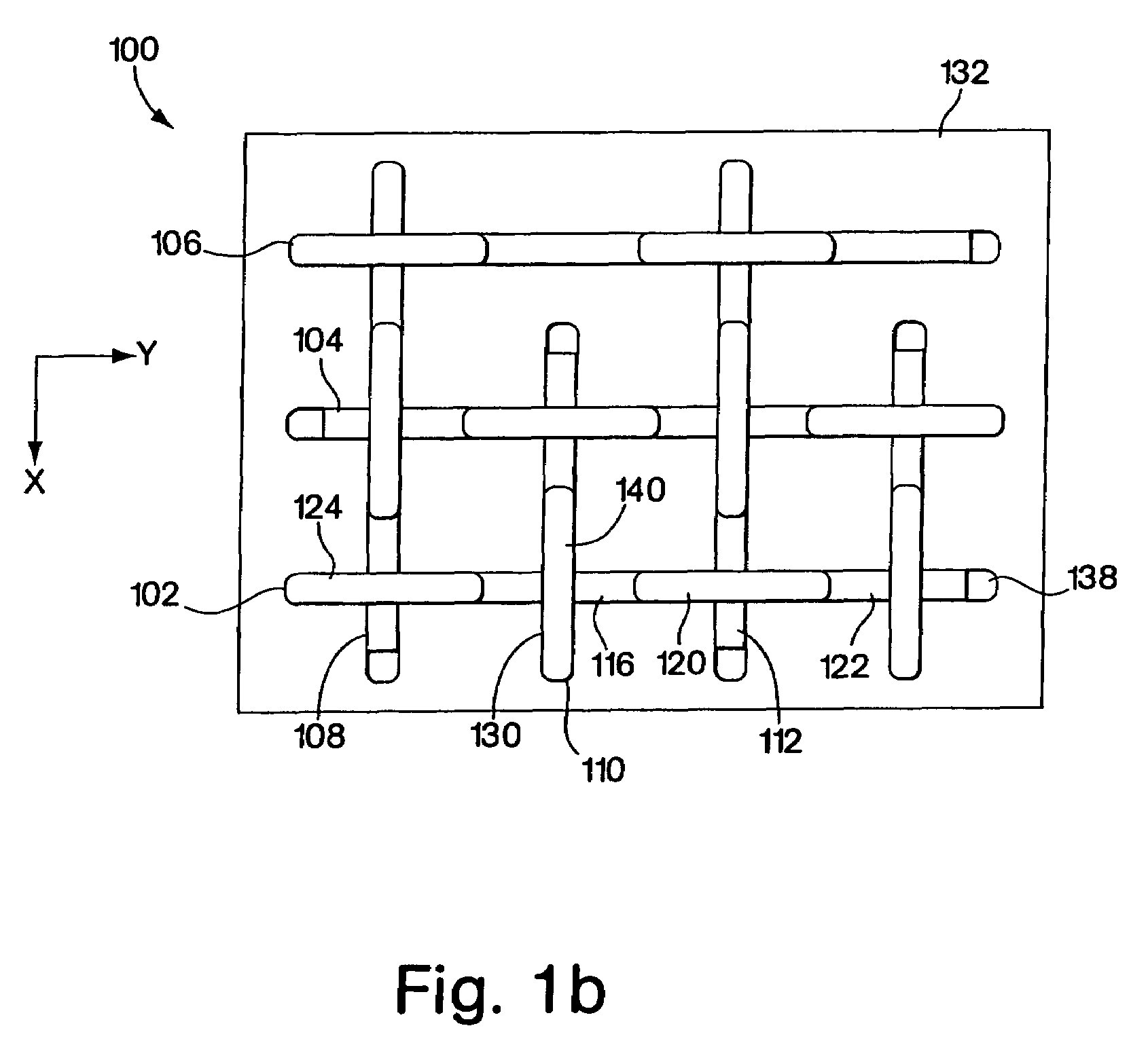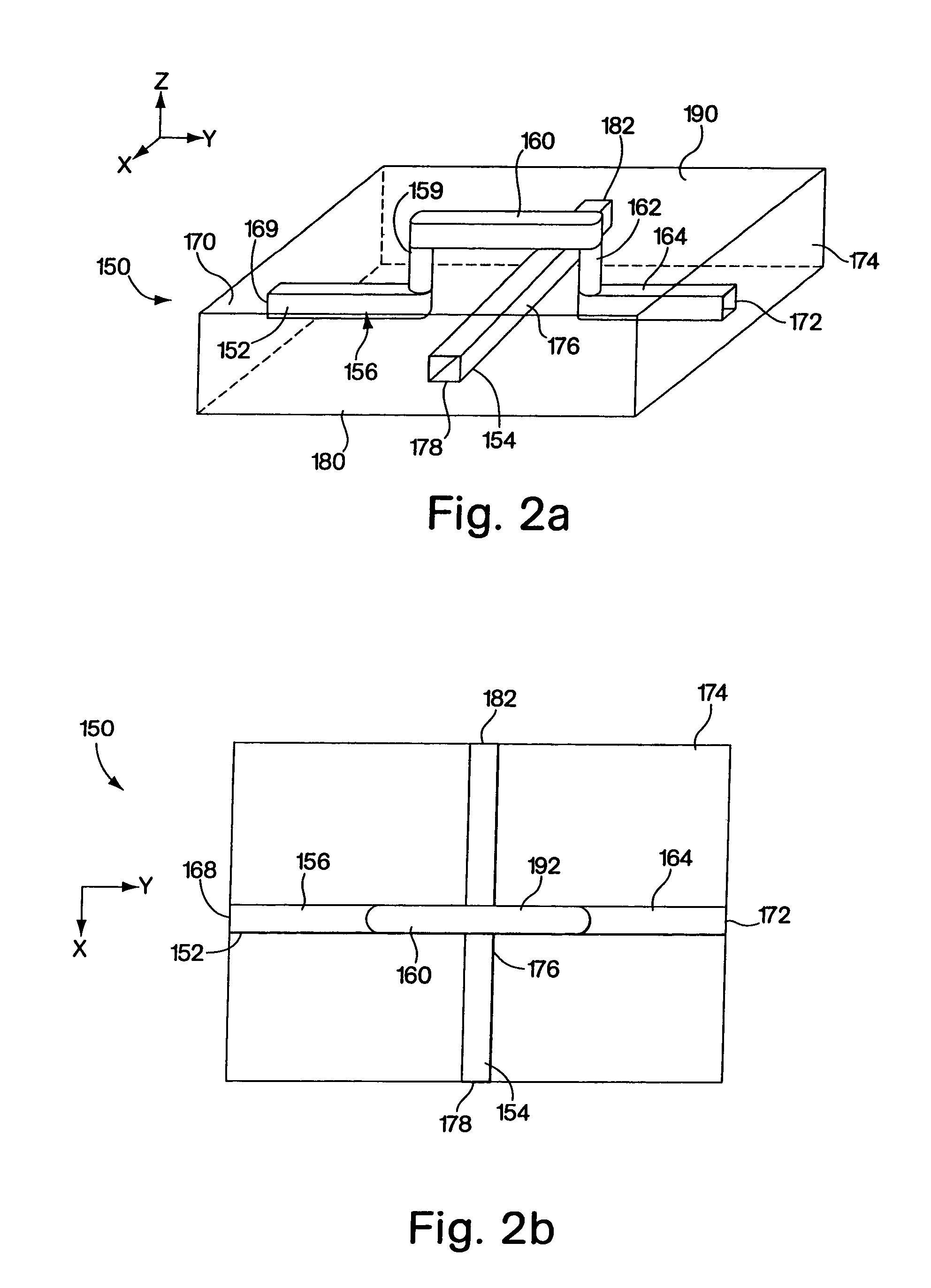Patterning of surfaces utilizing microfluidic stamps including three-dimensionally arrayed channel networks
a microfluidic and channel network technology, applied in the direction of fluid speed measurement, immobilised enzymes, chemical vapor deposition coating, etc., can solve the problems of complex channel network complex systems that require more complex connectivity than can be generated, difficult to perform, and high cos
- Summary
- Abstract
- Description
- Claims
- Application Information
AI Technical Summary
Benefits of technology
Problems solved by technology
Method used
Image
Examples
example 1
Fabrication of a Mold Master by Multi-Level Photolithography
[0168]A mold master of photoresist on silicon having two levels of features in positive, high relief (i.e., protruding above the surface of the silicon wafer) was fabricated using the two-level photolithography technique outlined in FIG. 8. Designs for the channel systems for the first and second levels were generated with a CAD computer program (Free-Hand 8.0, MacroMedia, San Francisco, Calif.). High resolution (3386 dpi) transparencies were made by printing with a commercial printer (Linotype, Hercules Computer Technology, Inc., Freemont, Calif.) from the CAD computer files. Two transparencies were produced, the first comprising the photomask for producing features in the first level of the mold master and the second comprising photomask for producing the features in the second level of the mold master.
[0169]Negative photoresist (SU8-50, Microlithography Chemical Corp., Newton, Mass.) was spin-coated (at about 5,000 rpm f...
example 2
Fabrication of a Three-Dimensional Microfluidic Network Including a System of Channels in a “Basketweave” Configuration
[0172]In the following example, the method outlined in FIGS. 9a and 9b was utilized to produce a microfluidic network structure including a channel pattern therein having a basketweave structure similar to that illustrated in FIG. 1a. First, a bottom master was produced as described above in Example 1 having disposed thereon two-level topological features for forming channels within the molded replica arranged similarly to those shown schematically in FIG. 12a by bottom master 1000. The second step of the process comprised formation of a top master including features for forming channels in the uppermost level of the replica molded membrane. A similar schematic arrangement of features for producing the channels, and the way in which the channels of the upper mold master and lower mold master fit together to mold the overall structure, is also illustrated in FIG. 12a...
example 3
Fabrication of Microstructures by Replica Molding With a Microfluidic Network Structure
[0179]A microfluidic membrane including a three-level channel system in a basketweave pattern was produced as described in Example 2. The microfluidic membrane was placed upon a flat PDMS slab so that the upper surface of the PDMS slab and the lower surface of the membrane were in conformal contact but were not irreversibly sealed to each other. The upper surface of the membrane was left open to the atmosphere. An epoxy prepolymer (EP-TEK, Epoxy Technology, Billerica, Mass.) was then placed at the channel openings and allowed to fill the channel structure by capillary action. After approximately 1 hour standing at ambient pressure, the epoxy had degassed and filled the channels completely. The filled channels were then exposed to UV light (as described above in Example 1) for about 20 min through the PDMS. The surrounding PDMS microfluidic membrane was then dissolved in tetrabutylammonium fluoride...
PUM
| Property | Measurement | Unit |
|---|---|---|
| Elastomeric | aaaaa | aaaaa |
| Adhesion strength | aaaaa | aaaaa |
| Interaction | aaaaa | aaaaa |
Abstract
Description
Claims
Application Information
 Login to View More
Login to View More - R&D
- Intellectual Property
- Life Sciences
- Materials
- Tech Scout
- Unparalleled Data Quality
- Higher Quality Content
- 60% Fewer Hallucinations
Browse by: Latest US Patents, China's latest patents, Technical Efficacy Thesaurus, Application Domain, Technology Topic, Popular Technical Reports.
© 2025 PatSnap. All rights reserved.Legal|Privacy policy|Modern Slavery Act Transparency Statement|Sitemap|About US| Contact US: help@patsnap.com



